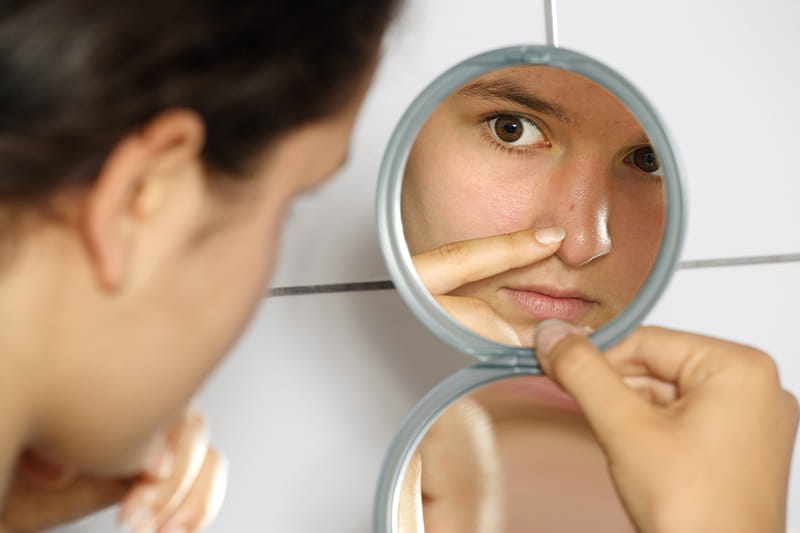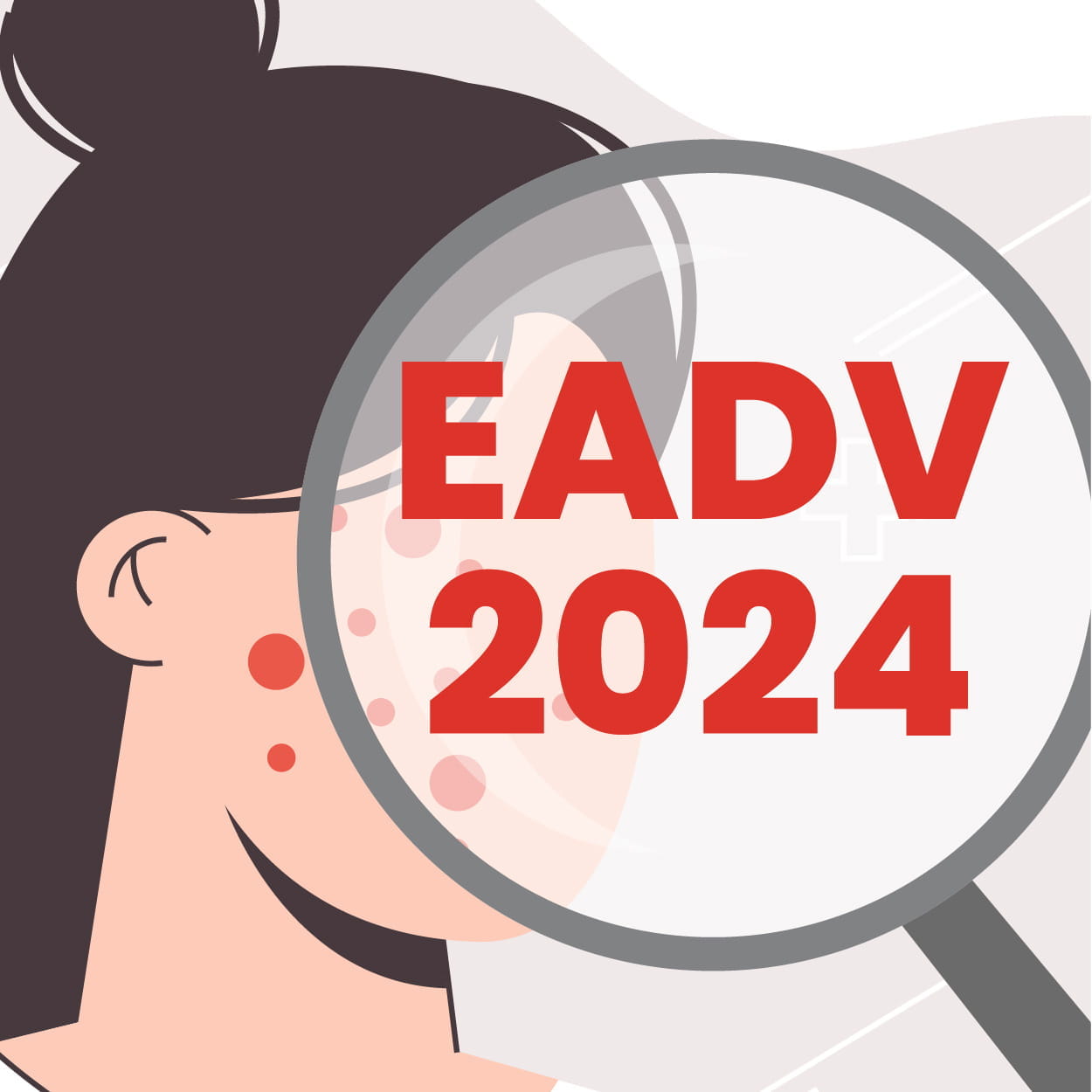EADV 2024: Tips and Tricks in Laser Treatment of Some Resistant Skin Problems
Speaker: Badea Jiryis
The session focused on treatment options for acne scars and viral warts, emphasizing tips and tricks for optimizing laser therapy. The objective was to explore effective strategies, share practical insights, and enhance the understanding of optimizing laser treatments. The data presented were derived from recent studies, review articles, and clinical reports, most of which had been compiled and published in the European Society for Lasers and Energy-Based Devices (ESLD) Bibliography.
Acne, a prevalent skin condition, affects nearly 90% of adolescents and often 95% patients with acne experience acne scarring. Treatment options included chemical peels, dermabrasion, fillers, and energy-based devices. Following drug therapy, residual acne scars are effectively treated with fractional ablative lasers such as Carbon Dioxide (CO2) and Erbium: Yttrium Aluminium Garnet (Er: YAG). Traditionally, it was believed that a waiting period of six months to one year after isotretinoin treatment was necessary before initiating laser therapy. However, a recent study suggested combining laser treatment with isotretinoin could be more effective and potentially less harmful. The study challenged the traditional therapeutic approach, exploring the possibility of concurrent laser and isotretinoin treatment.
This randomized controlled prospective, split-face study involved 21 participants with moderate to severe acne undergoing isotretinoin treatment. One side of the face received monthly ablative fractional CO2 laser treatments during isotretinoin therapy, while the other side received the same treatment six to nine months post-isotretinoin cessation. The laser parameters were set at 15 millijoules (mj) of energy with a 15% density, using a single-pass modality without overlapping pulses.
The study found that concurrent laser and isotretinoin (ISO) treatment resulted in a 38.9% improvement in global acne scarring grading compared to delayed laser treatment. Patients reported greater overall improvement and satisfaction with the concurrent treatment. Adverse events were similar in both treatment groups. These findings suggested that concurrent isotretinoin and ablative fractional CO2 laser treatment was safer and more effective in improving acne scars than delayed laser therapy. Although traditional ablative lasers often caused epidermal damage, leading to side effects and prolonged recovery times, fractional picosecond lasers demonstrated promising efficacy and safety in treating acne scars. These lasers created micro-injuries, known as laser-induced optical breakdown (LIOB), which stimulated skin repair processes.
High-fluence settings were generally preferred for energy-based acne scar treatments in clinical practice. A recent randomised split-face comparison study involved 25 patients with moderate to severe acne scars, each receiving three sessions of fractional picosecond Neodymium-Doped Yttrium Aluminium Garnet (Nd: YAG) treatment, with high fluence applied to one side of the face and low fluence to the other, at four-week intervals. The primary outcome was the response rate, defined as the proportion of subjects achieving more than a 30% reduction in acne scar count. At the last visit, 88% of subjects on the low-fluence side and 92% on the high-fluence side achieved more than a 30% reduction in acne scar counts, with no significant difference between the two sides. However, the high-fluence side experienced significantly more severe pain and higher side effects. Histological analysis revealed increased collagen, elastin, and vimentin expression on the low-fluence side post-treatment.
Fractional picosecond laser treatment in low-fluence settings demonstrated comparable efficacy and superior safety in treating acne scars compared to high-fluence settings. Low-fluence settings were identified as a potential alternative for acne scar treatment, considering clinical efficacy, histological changes, and improved safety profiles. Viral warts, a common dermatological condition, were estimated to affect 5-20% of children and adults. Treatment methods historically had significant drawbacks and side effects. Topical management requires long-term drug application, making success highly dependent on patient compliance. Surgical methods showed some effectiveness but were associated with pain, prolonged recovery periods, and incomplete superficial results, often leading to high recurrence rates.
Ablative lasers, such as Er: YAG and CO2 lasers, and non-ablative lasers, such as Nd: YAG and Pulse Dye lasers (PDL), are the laser modalities used. The Er: YAG laser worked by absorbing water in the cells, causing ablation of the targeted layer. The long-pulsed Nd: YAG laser specifically targeted dermal blood vessels supplying infected cells and destroying them through photocoagulation. Additionally, it exhibited an apoptotic effect on Human Papillomavirus (HPV)-infected cells due to hypothermic action. These methods typically required repeated treatment sessions to achieve complete clearance. The success rate of ablative lasers in treating recalcitrant warts ranged from 46% to 50%, whereas non-ablative lasers performed less effectively. For example, after a single session, the Nd: YAG laser had a 14 to 22% clearance rate.
A prospective randomized clinical trial investigated the effectiveness of combining ablative and non-ablative lasers for wart removal. The study included 240 lesions from 24 patients, with 120 lesions treated using combined therapy involving the Er: YAG laser followed by a long-pulsed Nd: YAG laser, while the remaining 120 lesions were treated with the Er: YAG laser alone. The clearance rate was assessed five weeks post-treatment. The study suggested that applying the Nd: YAG laser immediately after exposing the wart base provided the most direct contact and optimal coagulation effect on the supplying blood vessels, enhancing treatment efficacy.
The study confirmed the proposed hypothesis, with a complete % response rate of 48% in the combined treatment group compared to 29% in the group receiving individual treatment. Both groups experienced similar side effects. The results confirmed that adding a long-pulsed Nd: YAG laser treatment after Er: YAG laser treatment in the same session produced a synergistic effect. The specific laser parameters used in the study were the Er: YAG laser with a wavelength of 2940 nm, including a spot size ranging from 1 to 4 mm and a fluence of 5.5 to 11.1 J/cm², or 700 to 1400 mJ per pulse. For the Long-Pulsed Neodymium-Doped Yttrium Aluminium Garnet (LP Nd): YAG laser with a wavelength of 1064 nm, the parameters consist of a spot size of either 2 or 6 mm, a pulse duration between 15 and 45 milliseconds, and a fluence ranging from 70 to 350 J/cm². These findings were published in the ESLD Bibliography to inform members about the latest advances in lasers and energy-based devices.
Laser treatments effectively manage resistant skin conditions by selecting the appropriate laser type, combining therapies, and tailoring treatments to individual patient needs, thereby improving patient outcomes.
33, European Academy of Dermatology and Venereology Congress, 25-28 September 2024, Amsterdam



